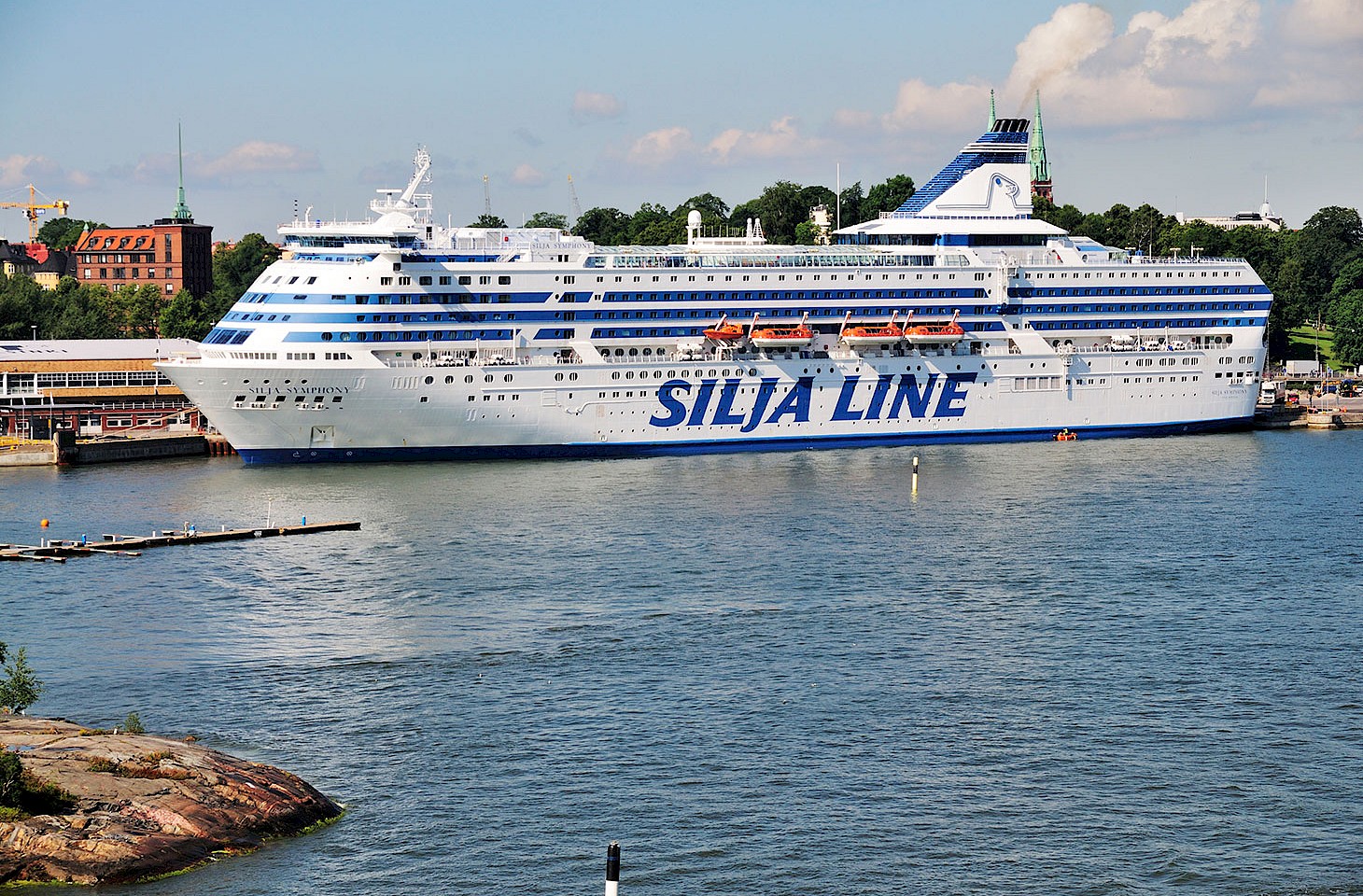Grayling and Ingolf are the only long-term members of the Norwegian crew that maintains a year round presence on Jan Mayen island. The teams come and go. There are typically two dozen men and women in all, working stints of six months or a year on this remote Arctic outpost. Resourcefulness and versatility are the watchwords of life on Jan Mayen. The residents must be remarkably self sufficient, for it is only once every two months that a Norwegian Air Force plane drops in at Jan Mayen, bringing new supplies, the mail and sometimes new personnel. Grayling and Ingolf have been on Jan Mayen longer than anyone else; they are true veterans of this wild island which is home to Norway's only active volcano. Grayling and Ingolf, it should be mentioned, are dogs.
Jan Mayen might well lay claim to the title of being's Europe's remotest Arctic island. It is on the same latitude as Nordkapp (North Cape), a spot on the north coast of Norway. But Jan Mayen is more than twelve hundred kilometres due west of Nordkapp. Much closer to Greenland and Iceland than it is to anywhere else in Norway.
Maps of Jan Mayen are intriguing and hold the key to unravelling the island's curious history.


